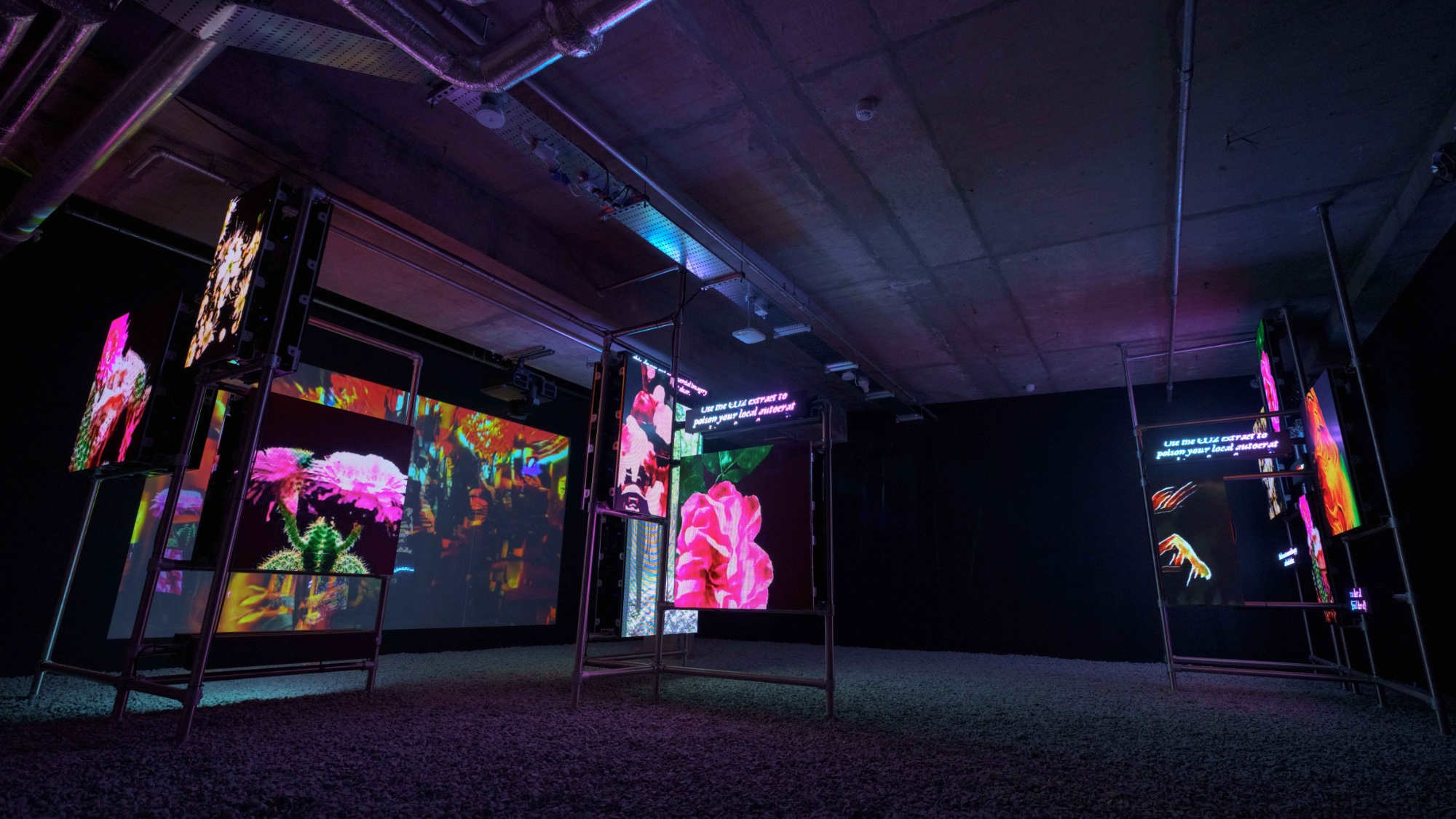A look inside the German artist’s immersive mixed-media installation, which portrays an “optimistic vision of the future”.
German filmmaker and artist Hito Steyerl’s work interrogates the digital world, surveillance capitalism and artistic production. Her work spans essays, such as 2009’s In Defence of the Poor Image, and immersive video installations such as 2015’s Factory of the Sun, which explores the global flow of data in the contemporary digital landscape.
Another key idea in Steyerl’s work is artificial intelligence and its implications for human society. Machine learning is utilised in her 2019 video installation This Is The Future and its accompanying multi-channel installation, Power Plants, both of which are currently showing at LUX: New Wave of Contemporary Art, a new exhibition co-curated by Fact and SUUM Project.


Co-commissioned by 180 Studios and conceived for the 58th Venice Biennale, This is the Future, soundtracked by Kojey Radical and Susumu Yokota, follows a woman who sets out to find a garden that she had to hide in the future in order to protect it. The digital flowers of Power Plants are generated by neural networks that are programmed to predict the future by calculating the next frame in the video.
In this film, Steyerl talks to Fact about the ideas behind This Is The Future and her ideas around the future of machine learning and AI in art and human society. “This Is The Future is an optimistic vision of the future, in that it tries to imagine in future in which there is a lot of plants that have a lot of political characteristics or abilities,” Steyerl tells Fact. “They are able to heal the present, if you like. It is definitely a vision of nature which is more optimistic than the present really allows.”



LUX: New Wave of Contemporary Art is open until December 18 at London’s 180 Studios, 180 The Strand. For opening times and tickets visit 180 The Strand’s website.
Watch next: LUX: Carsten Nicolai – unicolor




